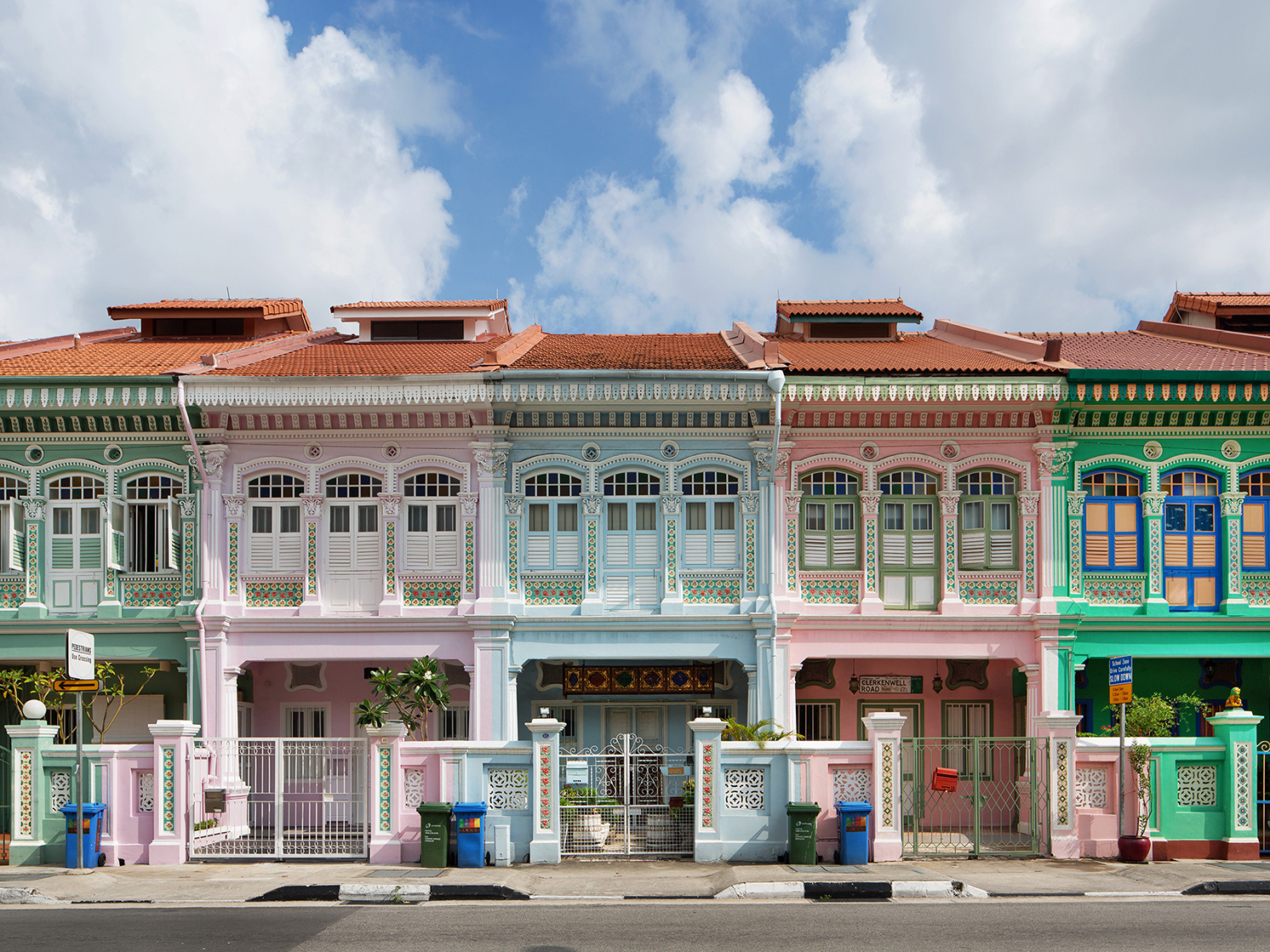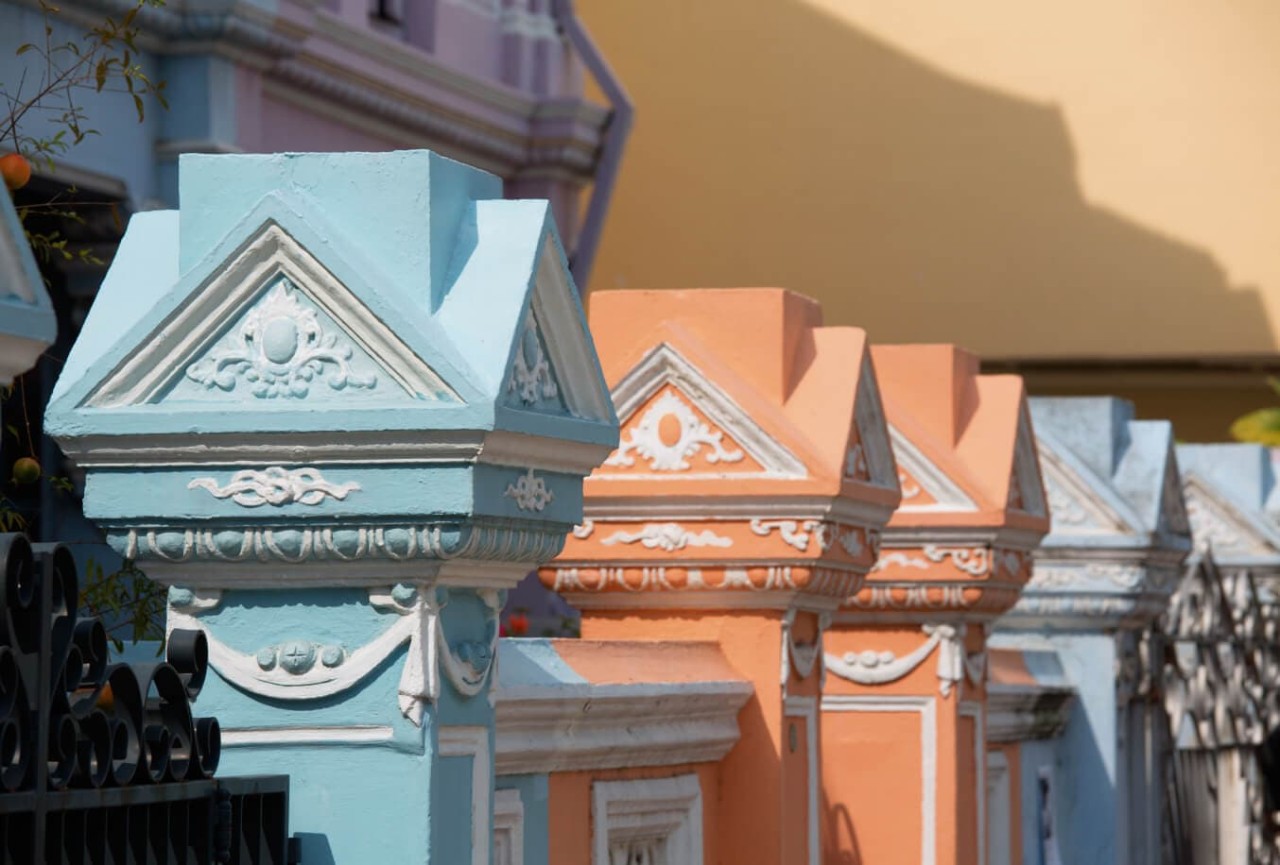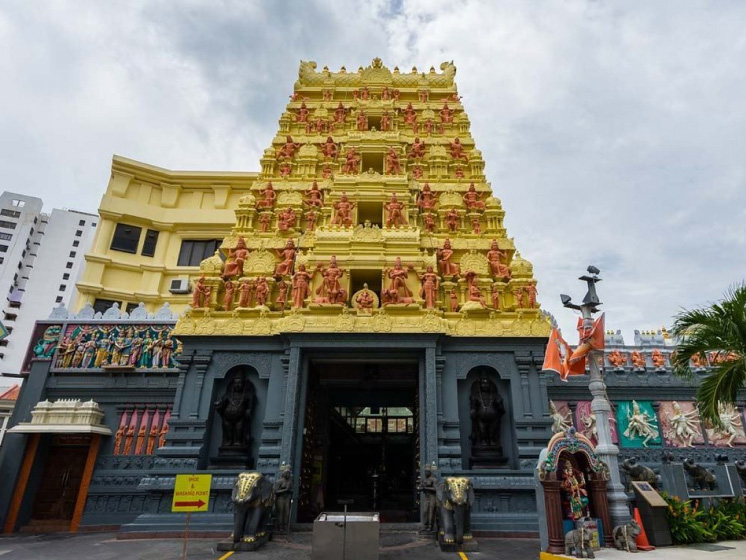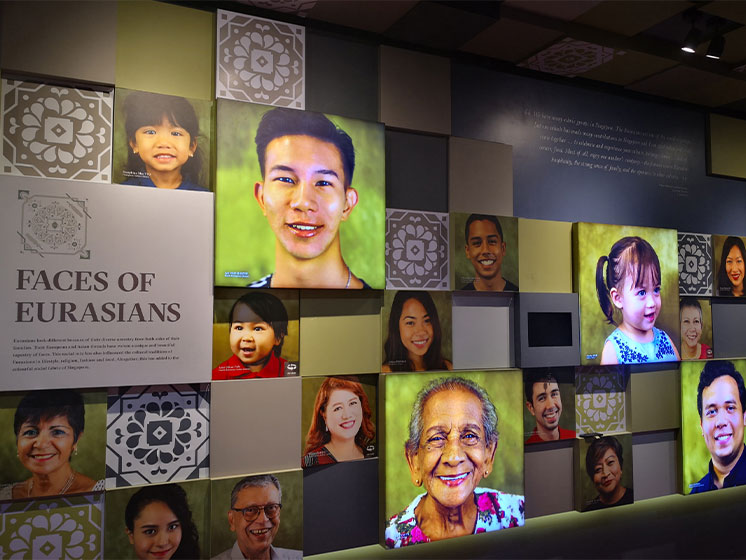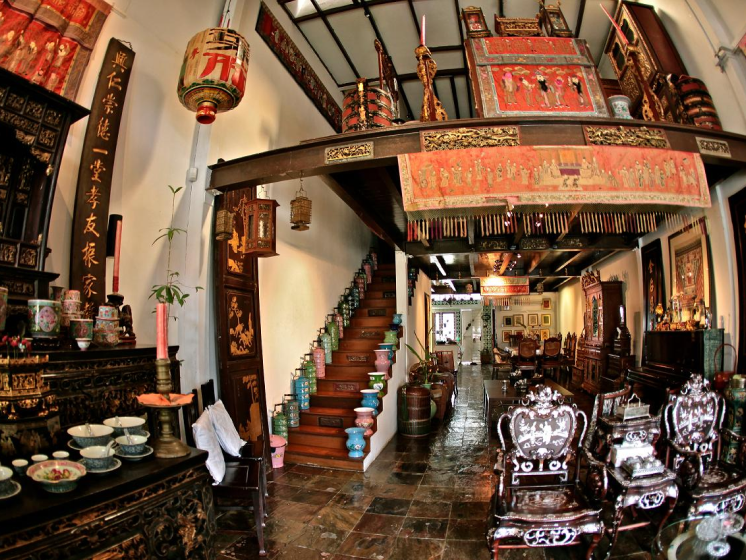Why You Need To Visit
Colourful Stories From The Past
This once historic enclave whispers tales of the past, with the Peranakan inhabitants living here up till the 1970s. Admire the fusion of Chinese, Malay, and European influences, offering a glimpse into the unique identity of this cherished community. Peranakans are the descendants of Chinese or Indian immigrants who married indigenous people from the Malay Archipelago in the 15th century. In Singapore, their legacy is best seen in this area.
Intricate Architecture
Architecture buffs should keep their eyes for intricate details, such as the pintu pagar (swinging doors) and tiles adorned with floral motifs. Peer at the five-foot way — a roofed continuous walkway — for elaborate motifs and traditional Peranakan architecture.
Picture-Worthy Landmark
Looking to snap a few photos? Be sure to come in an outfit that matches the candy-coloured hues of these iconic shophouses. Remember to be mindful and maintain a respectful volume while capturing memories amidst these charming residential homes.
